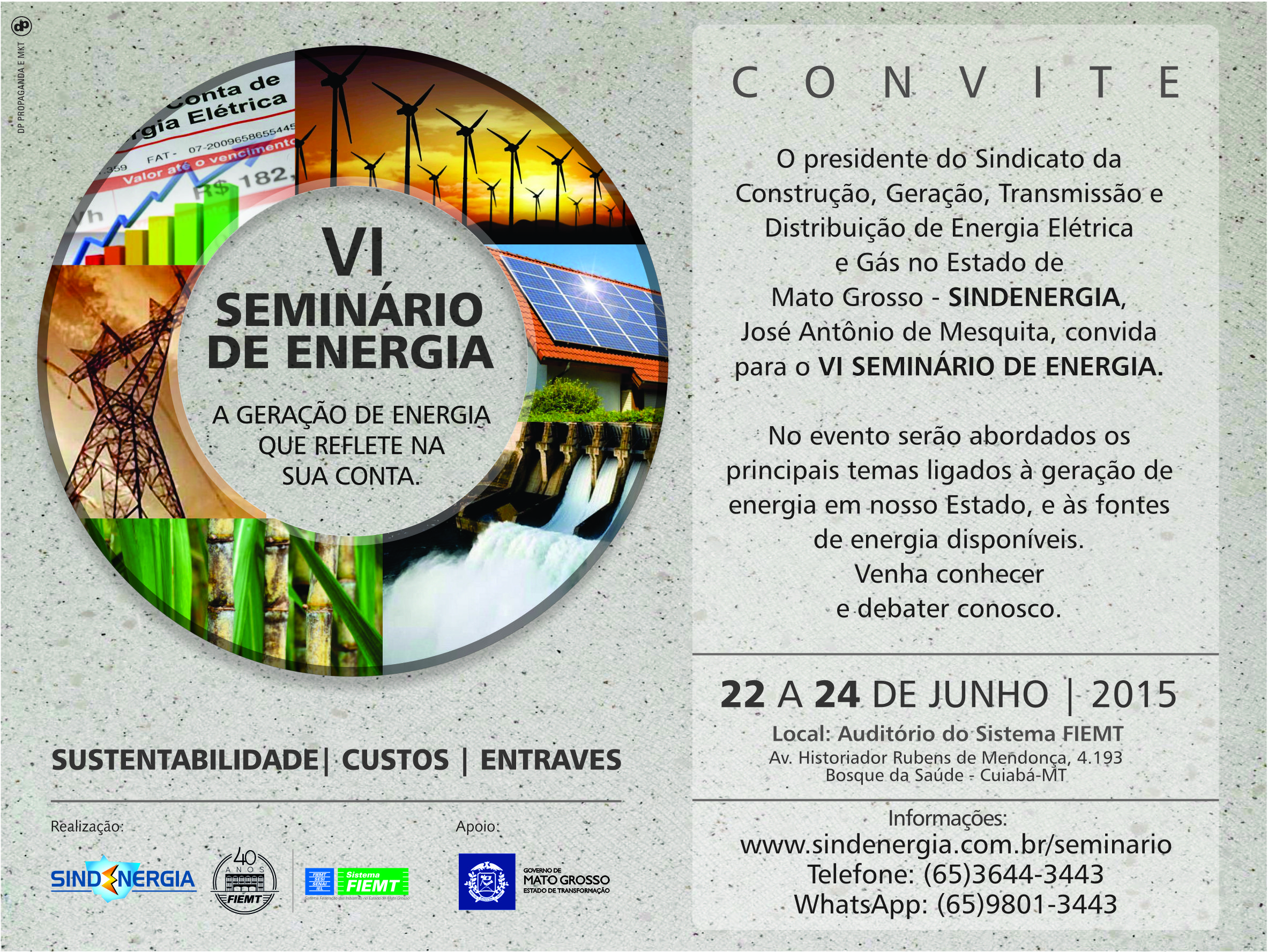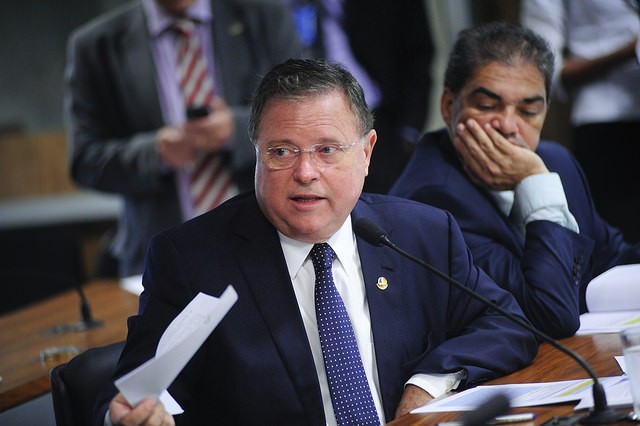Fonte: ANEEL
 The National Energy Agency (ANEEL) approved on Tuesday (11/22), during a public meeting of the board, a change to the rate structure applied to the power distribution industry. The new regulation provides for different rates by time of consumption, offering cheaper rates during periods when the system is less used by consumers. The subject was under Public Hearing No.120/2010 from 12/17/2010 to 03/18/2011.
The National Energy Agency (ANEEL) approved on Tuesday (11/22), during a public meeting of the board, a change to the rate structure applied to the power distribution industry. The new regulation provides for different rates by time of consumption, offering cheaper rates during periods when the system is less used by consumers. The subject was under Public Hearing No.120/2010 from 12/17/2010 to 03/18/2011.
Rate Structure is how different types of consumers pay for the use of electric power, divided by subgroups and rating modalities according to hours of use, voltage level and location. The new system, which will be applied to each distributor from its rate revision, between 2012 and 2014, modifies existing standards from the 1980s and considers the changes that occurred in supply and demand for energy during this period.
For low voltage consumers, whether in residential, commercial, industrial and rural areas, the main change is the creation of a white rate mode, which is an alternative to the conventional one in force today and will offer three different levels for the energy rate according to the time of consumption. Monday to Friday, a cheaper rate will be applied in most hours of the day; a more expensive one in others, when the energy reaches a maximum, in the early evening; and the third one, an intermediate, will be between those two times. On weekends and holidays, the cheapest rate will be used for all hours of the day.
The proposal of the white rate is to encourage consumption at times that the rate is cheaper, reducing the amount of the invoice at the end of the month and the need to expand the network of distributors to meet the peak hours. The white rate is optional, and if the consumer does not want to change their consumption habits, the conventional rate will remain available.
However, the white rate will begin to be valid only when the distributors replace the electromechanical energy meters by electronic ones, an issue that has been studied in ANEEL and was discussed in Public Hearing No. 43/2010. The white rate mode will not account for public lighting and low-income consumers.
Another change, valid as of January 2014, is the creation of the Green, Yellow and Red Rate Flags, to act as a traffic light, and will be reflected in rate difference to the consumer. The green flag means lower costs for fuel. The yellow flag indicates a warning signal, because the generating costs are increasing. In turn, the red flag indicates that the former situation is worsening and the energy offer to meet consumers’ demands occurs with higher generation costs, such as the activation of large amounts of power plants to generate energy, which is a more expensive source than hydroelectric plants. The target audience will be all consumers of the National Interconnected System (SIN), high and low voltage ones.
The new methodology also provides that the B2rural, B3otherclasses and B4 street lighting groupings will have their relativity made homogeneous for all concessionaires, respecting rating differences between concession areas. This step will be fulfilled during the 3rd cycle of Rate Revisions and will consist in converging the rate deviation of the low voltage subclasses in relation to the reference rate. In a second step, there will be the marginal cost of calculating the capacity of each low voltage subclass, which will apply to the presentation of the methodology of the 4th cycle of rate revisions, as of 2015.
Read here Director Edvaldo Santana’s whole voting process, as he is the rapporteur on the subject.
To learn more about the changes occurring in the rate structure for high voltage consumers, click here. (BT/FP/FA/GL)








